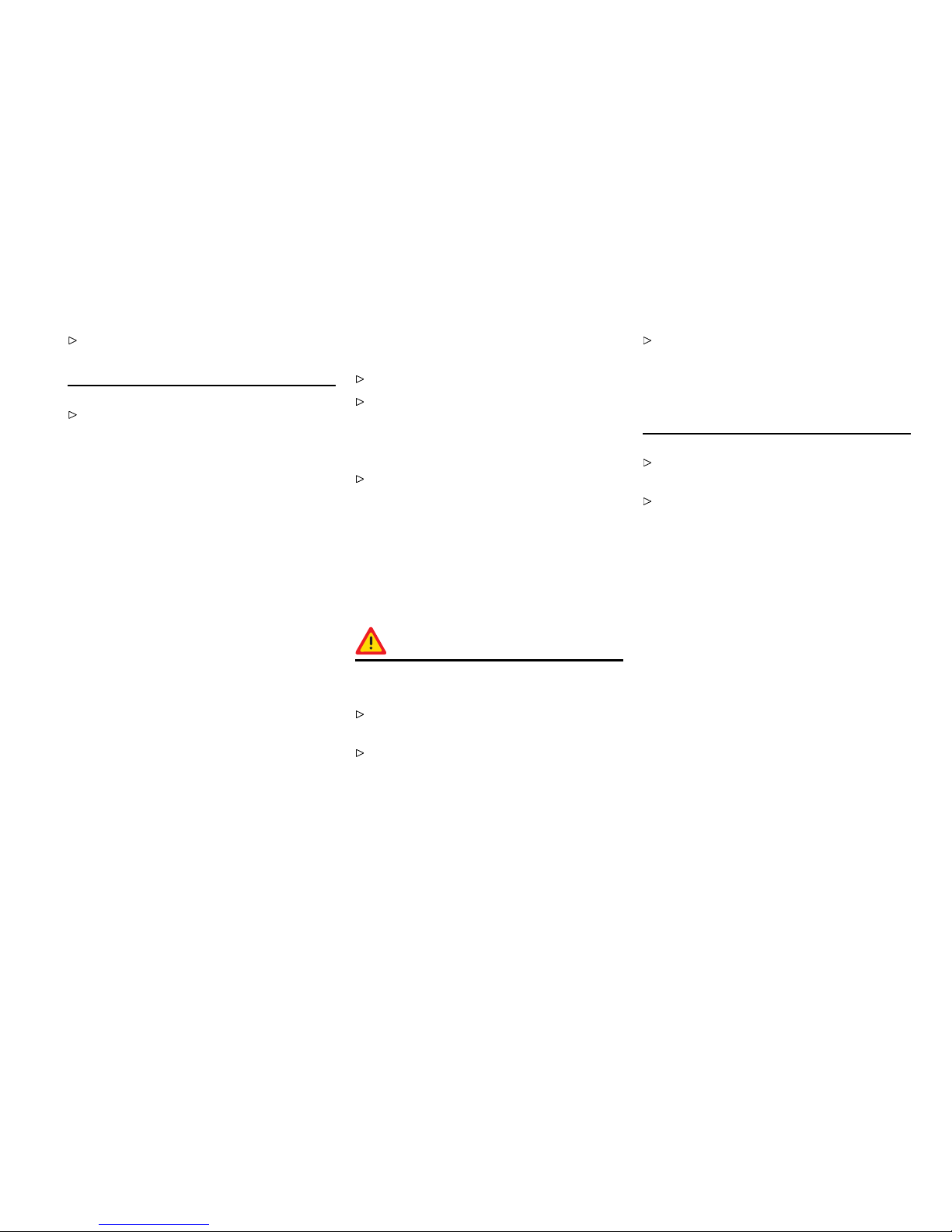Loading ...
Loading ...
Loading ...

Do not use commercially available sealant
or tire inflating bottles. Only use Porsche
approved tire sealant.
Please obse rve the chapter ”TIRE PRESSURE
FOR COLD TIRES” on page 299.
Each tire, including the spare (if provided),
should be checked every 2 weeks when cold
(68°F /20°C ) and inflated to the inflation pres-
sure recommended in this Owner’s Manual or on
the tire-pressure plate. If your vehicle has tires of a
different size than the size indicated in this Owner’s
Manual or on the tire-pressure plate, you should
determine the p roper tire inflation pressure for
those tires.
As an added safety feature, your vehicle has been
equipped with a tire pressure monitoring (TPC) that
illuminates a low tire pressure message when one
or more of your tires is significantly under-inflated.
Accordingly, when the low tire pressure message
illumina tes, you should stop and check your tires
as soon as possible, and inflate them to the proper
pressure. Driving on a significantly under-inflated
tire causes the tire to overheat and can lead to tire
failure. Under-inflation also reduces fuel efficiency
and tire tread life, and may affect the vehicle’s
handling and stoppi ng ability.
Please note that the TPC is not a subs titute for
proper tire maintenance, and it is the driver’s
responsibility to maintain correct tire pressure,
even if under-inflati on has not reached the level to
trigger illumination of the TPC low tire pressure
message.
On vehicles with tire pressure monitoring:
Please obse rve the chapter ”TPC TIRE
PRESSURE MONITORING” on page 122.
When tires are wa rm, the tire pressure is
increased.
Never let air out of hot tires. Th is could cause
the tire pressure to fall below the prescribed
value.
Insufficient tire filling pressure can cause tires to
overheat and thus be damaged - even invisibly. Hid-
den tire damage is not el iminated by subsequently
correcting the tire pressure.
Overloadi ng
Danger !
Risk of damage to vehicle parts, loss of
control and serious personal injury or death.
Do not overload your vehicle. Be careful about
the roof load .
If loading the vehicle also correct the tire
pressure. Tire pressure for loaded vehicle
can be found on the tire pressure plate and in
the chapter techni cal data.
Never exceed the specified axle load. Over-
loading can shorten the service life of the tires
and car, as well as lead to dangerous vehicle
reactions and long braking distances. Damag e
due to overloading is not covered by the vehi-
cle warranty.
Please observe the chapter ”LOADING
INFORMATION” on page 248.
Please observe the chapter ”TIRE PRESSURE
FOR COLD TIRES ” on page 299.
Practical Tips, Emergency Service
239
Downloaded from www.ManualsFile.com manuals search engine
Loading ...
Loading ...
Loading ...